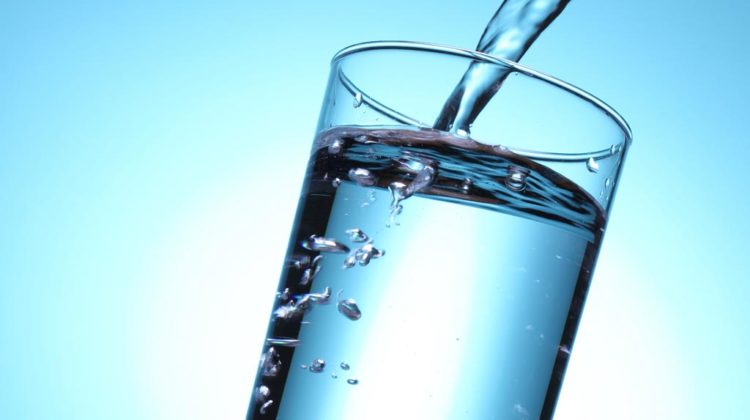
A team of MIT engineers has designed a new low-cost, energy-efficient way to treat water contaminated with heavy metals. They suggest that the technique could ultimately be used to treat lead-contaminated water supplies in the home.
The new system is based on research carried out six years ago by members of the same team on desalination of seawater. This work was later adapted for use in removing radioactive compounds from cooling water from nuclear power plants.
‘It’s notoriously difficult to remove toxic heavy metal that’s persistent and present in a lot of different water sources,’ said graduate student Mohammad Alkhadra. ‘Obviously there are competing methods today that do this function, so it’s a matter of which method can do it at lower cost and more reliably.’
The biggest challenge involved in the removal of lead from water is that it’s generally present in tiny concentrations, vastly exceeded by those of other elements or compounds. Sodium, for example, is typically present in drinking water at a concentration of tens of parts per million, whereas lead can be highly toxic at just a few parts per billion. Most existing processes, such as reverse osmosis or distillation, remove everything at once, which not only requires much more energy than would be needed for selective removal, but it’s counterproductive, since small amounts of elements such as sodium and magnesium are actually essential for healthy drinking water.
The new approach uses a process called shock electrodialysis, whereby an electric field is used to produce a shockwave inside an electrically charged porous material that contains the contaminated water. The shock wave propagates from one side to the other as the voltage increases, leaving behind a zone in which the metal ions are depleted and separating the feed stream into a brine stream and a fresh stream. The process results in a 95 per cent reduction in the concentration of lead from the outgoing fresh stream.
So far, the process has only been demonstrated at small scale in the lab and at quite slow flow rates. Scaling up the process to make it practical for in-home use will require further research, while larger-scale industrial uses will take even longer; however, according to professor of chemical engineering Martin Bazant, within a few years it could be practical for some home-based systems.
The team’s findings have been published in Environmental Science & Technology Water.



